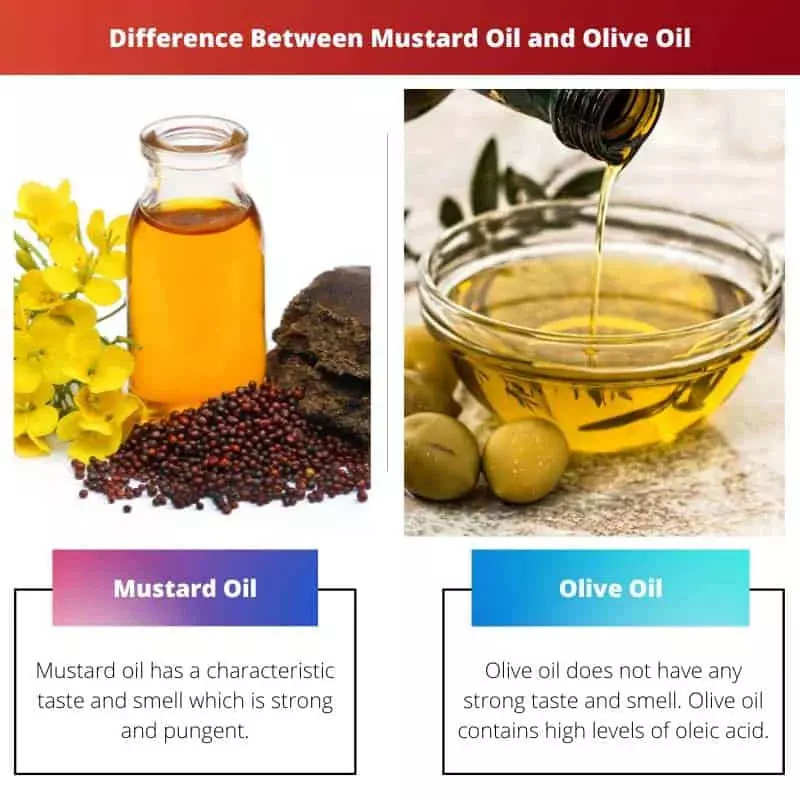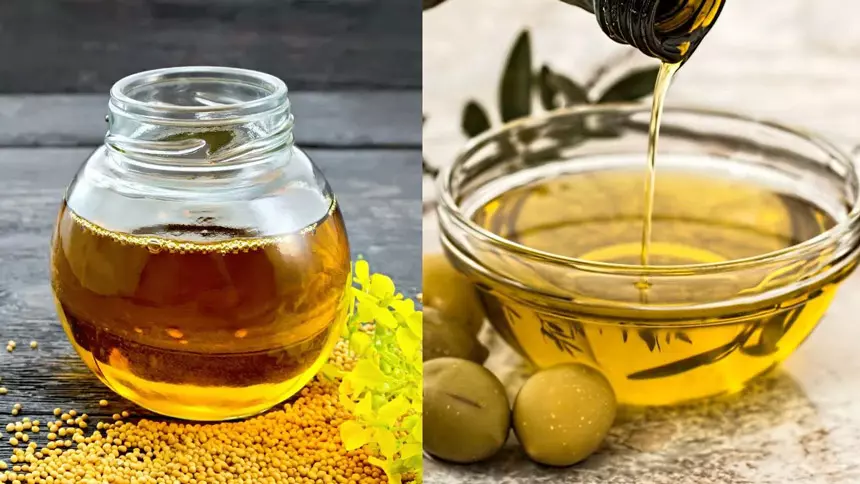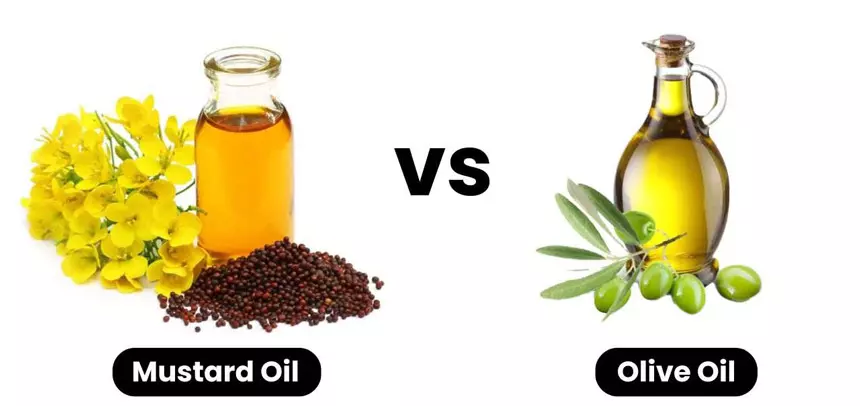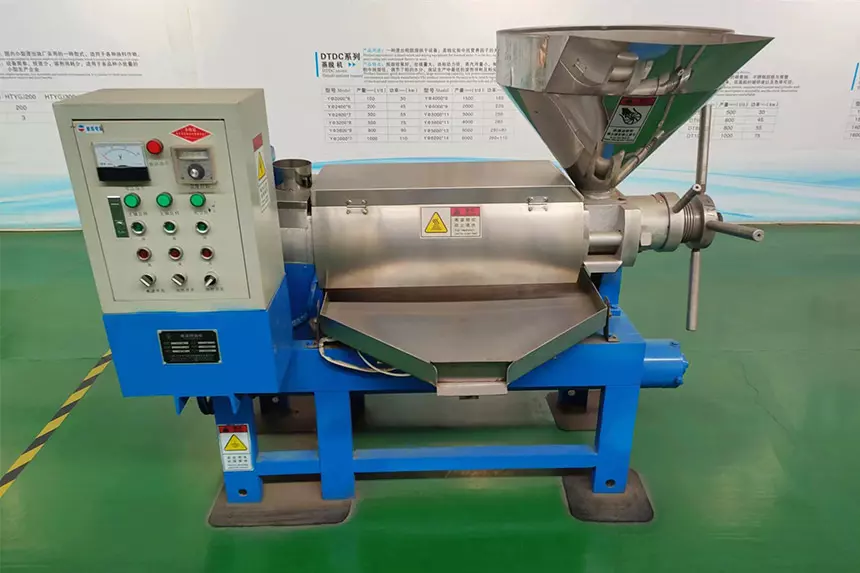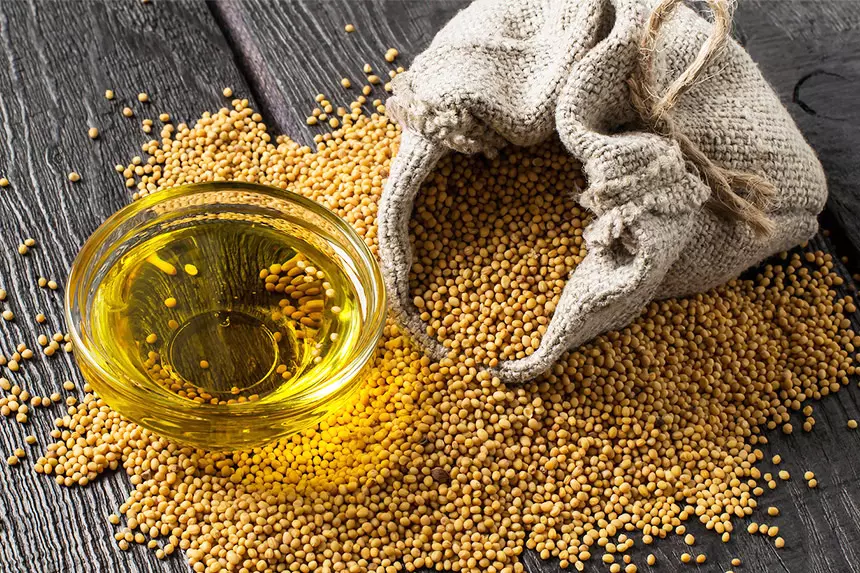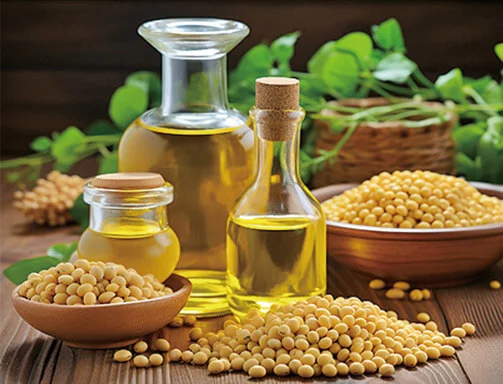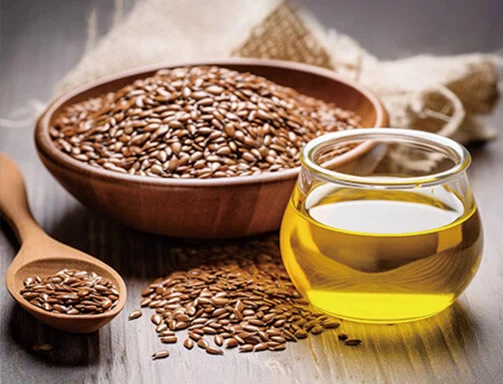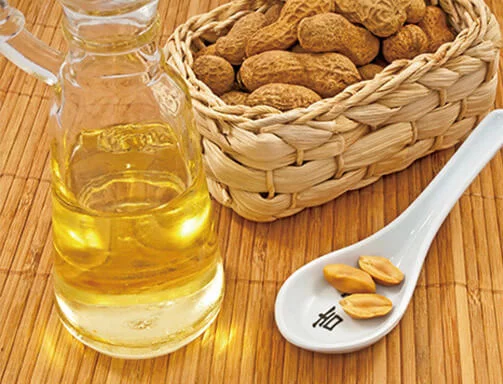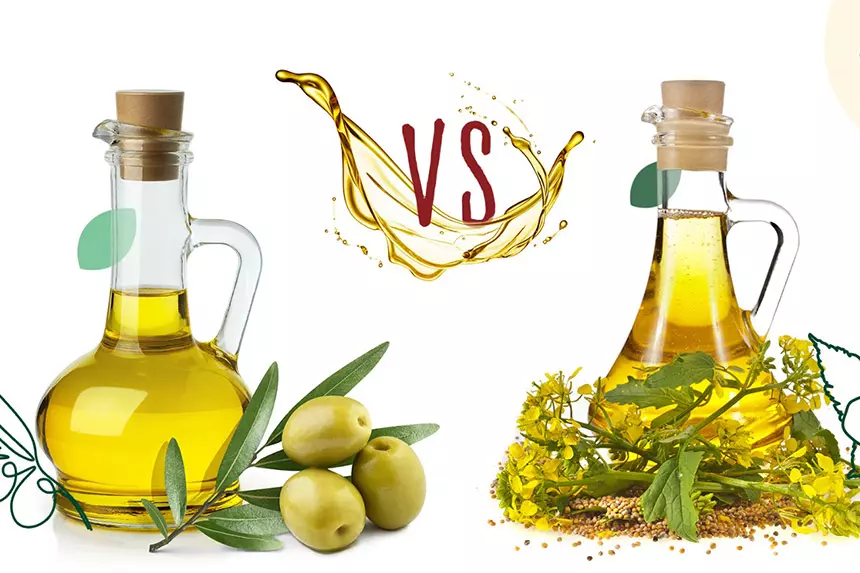
Introduction
Mustard oil and olive oil are two of the most widely used edible oils. Mustard oil is known for pungent flavor in Indian, Pakistani, and Bangladeshi food. Olive oil has mild taste, famous in Italy, Spain, Greece.
This article compare mustard oil and olive oil extraction process, physical and chemical features, uses, cooking and hair, help you choose which oil best suit your needs.
Mustard Oil vs Olive Oil Extraction Process
Mustard Oil Extraction Process
Mustard oil is extracted from mustard seeds. The most commonly methods are pressing, solvent extraction and steam distillation. (Related post: How to make mustard oil >>)
![Difference between mustard oil and olive oil]()
Pressing method
After cleaning, mustard seeds are direct pressed at low temperature (<60°C) extract oil. The crude oil simple filtration or sedimentation to remove solid impurities, not chemical refining.
The pressing method keep more natural nutrient and original flavor. It has low oil yield, high cost, darker color, and lower smoke point compared to refined oil.
Solvent extraction method
It is mainly used for large-scale mustard seed oil production line. Use hexane dissolve oil, and recover solvent to get crude oil.
The crude oil must refining to become edible mustard oil. This method has highest yield, but lose flavor and some active substances.
Steam distillation method
It is main used to extract volatile oils with strong pungent taste, not as cooking oil. By steam distillation of mustard seed powder or pressed cake, its main component is allyl isothiocyanate (AITC).
This volatile oil is usually added back to refined mustard oil in very low proportions (0.5%-1%) to improve flavor, or used alone as condiment and other industrial purposes.
![Olive oil extraction machine for sale Olive oil extraction machine for sale]()
Olive Oil Extraction Process
Olive oil come from olive fruit pulp. Extra virgin olive oil is highest quality olive oil and produced by cold pressing.
First, crush olives into paste, press. Then, use centrifuge to separate oil, water, and solids (pomace). The process is strictly controlled at temperature below 27°C. (Read More about: olive oil production process >>)
Cold pressing retain fruity aroma and health-promoting components of olive oil, but need more advanced equipment than mustard oil extraction.
Mustard Oil vs Olive Oil Physical Features
The table below show the different physical properties of refined mustard oil, cold pressed mustard oil and extra virgin olive oil:
| Features |
Mustard Oil (Refined) |
Mustard Oil (Cold Pressed) |
Olive Oil (Extra Virgin) |
| Color |
Light yellow to golden yellow, clear and transparent |
Deep yellow to amber, slightly turbid |
Light yellow green to deep golden green |
| Flavor |
Neutral, no special flavor |
Rich flavor, have nutty, bitter, spicy or grassy flavors |
Rich fruity aroma (grass, tomato, artichoke, almond, etc.), may have peppery spicy feeling |
| Viscosity |
Medium |
Medium |
Medium |
| Smoke Point |
Very high (230-250°C / 446-482°F) |
Medium high (200-220°C / 392-428°F) |
Medium (190-215°C / 375-420°F) |
Mustard Oil vs Olive Oil Chemical Features
The table below show the different chemical properties of mustard oil and extra virgin olive oil:
| Component |
Mustard Oil |
Olive Oil |
| Saturated Fatty Acid |
Low (~7-8%) |
Medium (~10-20%) |
| Monounsaturated Fatty Acid |
~60-65% (mainly oleic acid) |
~55-85% (mainly oleic acid) |
| Polyunsaturated Fatty Acid |
High (~25-35%), mainly linoleic acid (ω-6), with a little α-linolenic acid (ω-3 ALA) |
Low (~3.5-21%), mainly linoleic acid (ω-6) |
| Erucic Acid |
High, potentially harmful |
No |
| Vitamin E |
High (γ-tocopherol) |
Medium (α-tocopherol) |
| Phytosterols |
High |
Medium |
| Polyphenols |
Low |
High |
| Squalene |
Low |
High |
Mustard Oil vs Olive Oil Uses
Because mustard oil and olive oil have different smoke point, they are also different in cooking. As shown in follow table:
| Type |
Mustard Oil |
Olive Oil |
| Cooking |
High temperature cooking (frying, deep-frying, stir-frying) |
Medium-low temperature cooking (cold salad, dip sauce, medium heat stir-frying, stewing, low temperature baking), direct eating |
| Popular Countries |
South Asia, such as India, Bangladesh, and Pakistan |
Mediterranean countries (Italy, Spain, Greece, etc.), widely used worldwide |
| Seasoning |
Offer unique flavor (nutty/mildly spicy), especially after high temperature frying |
Provide fresh, diverse fruity, herbal aroma and vary degrees of bitter and spicy taste |
| Baking |
Baking in a few specific |
Baking some bread and cake |
| Food processing |
Make pickle, sauce, puffed food |
Make condiment (such as mayonnaise), canned food, high-end snack |
| Non-food industry |
As lubricant, plasticizer, biodiesel raw material |
Used cosmetic, soap, and pharmaceutical industry |
Mustard Oil vs Olive Oil for Cooking
Refined mustard oil
- Best: Deep frying (French fries), stir-frying over high heat (Chinese stir-fries, fried rice), high-temperature grilling (grilled steak, pancake), baking (cakes).
- Suitable: General stir-frying, baking, making mayonnaise, and other applications require neutral oil base.
- Not suitable: Cold salad, dip, or direct direct sprinkle need to add flavor.
Cold-pressed mustard oil
- Best: Medium temperature stir-frying, salad, dip bread, baking with specific flavors.
- Suitable: Medium and low temperature frying, marinating.
- Caution/Not suitable: Deep frying, dish require neutral flavor.
Extra virgin olive oil
- Best: Cold salad, direct drizzling (soups, bread, pasta, roasted vegetables), dipping sauces, low-temperature frying (fish, chicken breasts), short-term stir-frying (Italian cooking), making herb oil/garlic oil, special flavor baking (olive oil cake, bread).
- Suitable: medium temperature stewing, marinating.
- Ban: Deep frying, long-term high temperature stir-frying (damage flavor and nutrition, and produce harmful substances).
![Mustard oil vs olive oil for cooking Mustard oil vs olive oil for cooking]()
Mustard Oil vs Olive Oil for Hair
Mustard oil promote hair growth, strengthens hair roots, reduces dandruff, and prevents hair loss. It also improve scalp blood circulation and nourishes hair follicles, make a great choice for thicker, healthier hair. Apply direct to scalp and leave on for 30-60 minutes before rinsing, or mix with coconut oil for better results.
Olive oil is great choice for nourish and moisturize dry hair, reduce split ends, and improve shine. It is often used hair mask and sometime mixed with equal parts mustard and coconut oils. While olive oil is effective, it does not have same hair growth benefit as mustard oil. (You may also be interested in: mustard oil vs canola oil >>)
![Mustard oil vs olive oil for hair Mustard oil vs olive oil for hair]()
Conclusion
The above are the differences between mustard oil and olive oil. When make a choice, you should consider your specific needs.
Huatai Intelligent Equipment Group manufacture mustard oil processing equipment and olive oil extraction machine. We have established edible oil processing plants in India, Bolivia, Bangladesh, Pakistan and other countries. Feel free to consult us for more information about mustard oil and olive oil processing!
References:
![]() Service Coverage
Service Coverage
![]() FAQ
FAQ


